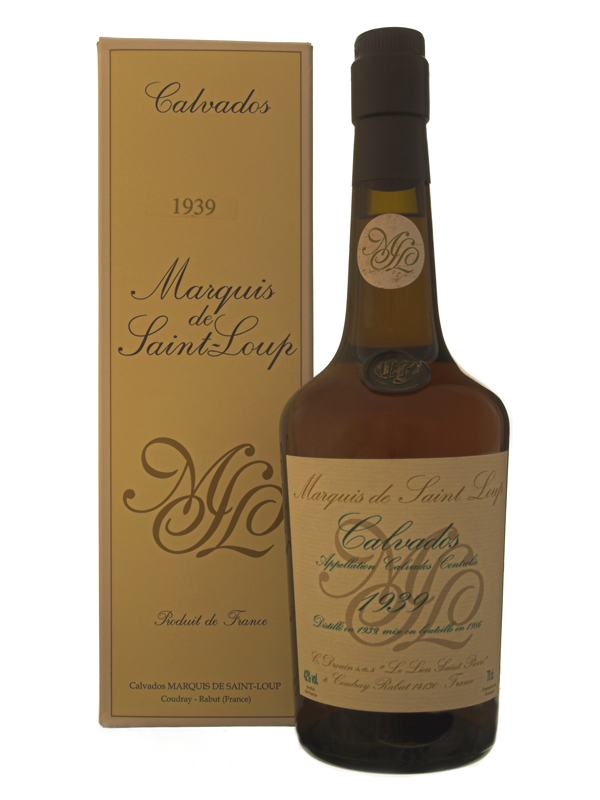Expansion Of Our Toutain Calvados Range
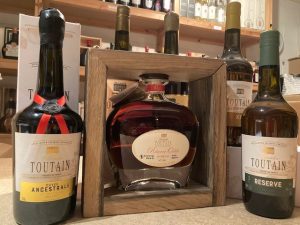 The Apple Of A Brandy Drinker’s Eye
The Apple Of A Brandy Drinker’s Eye
We have just expanded our recently acquired Toutain Calvados range; a family firm, now on the fifth generation, who produce calvados from their own orchards. In keeping with the high standards of Brandyclassics, we know precisely how long each Toutain product has spent in cask. Unlike most calvados producers, Toutain make their calvados without the addition of pears. (Pears are usually added to increase acidity and in these cases a pear drop flavour can sometimes be detected.) They are smooth and mellow with an unmistakable apple flavour and now the whole range comes in a new, boxed presentation.
The two new products on our shelves are as follows:
Toutain Reserve 3 Year Old Calvados. The youngest in the range but still with the delicious aroma and flavour of vanilla and cooked apples. RRP £37.92.
Toutain Reserve Odile 60 Year Old Calvados. This exclusive bottling pays tribute to Odile Toutain who, 60 years ago, took over the management of Domaine de la Couterie. Distilled in 1959, the calvados was carefully aged for 60 years in the family cellars. Presented in a beautiful carafe and sealed in a wooden housing, only a limited edition of 234 bottles is available. RRP £881.58
View the entire range of Toutain age-statemented calvados here.

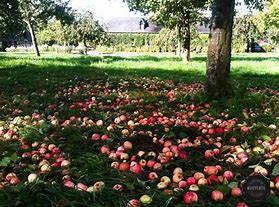 Whether you call it applejack, calvados or bätzi, apple brandy is a spirit made from fermented and distilled apples. There are clear, unaged versions and golden-coloured ones that have spent years in oak barrels. These are five of the most popular:
Whether you call it applejack, calvados or bätzi, apple brandy is a spirit made from fermented and distilled apples. There are clear, unaged versions and golden-coloured ones that have spent years in oak barrels. These are five of the most popular: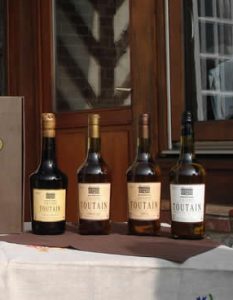 We have been looking for a new range of calvados to offer the UK market for some while. It’s not been easy as so many are too sweet or have lost the appley flavour. It was therefore tremendously exciting when we came across the
We have been looking for a new range of calvados to offer the UK market for some while. It’s not been easy as so many are too sweet or have lost the appley flavour. It was therefore tremendously exciting when we came across the 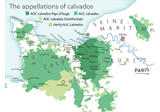 In many ways
In many ways 